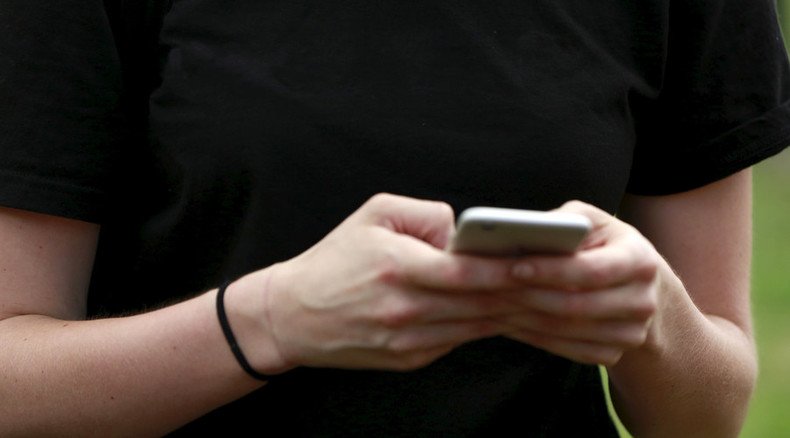Words fail! Oxford Dictionaries picks… emoji as Word of the Year

In a shock move, Oxford Dictionaries – traditionally one of the world’s staunchest defenders of the English language – has swapped its Word of the Year in favor of the public’s favorite emoji, opting for the widely shared “tears of joy” icon.
The popularity of emoji, a visual form of communication used by smartphone and social media users to illustrate their emotions, has led the “tears of joy” icon to be listed as number one on the Oxford Dictionaries list this year.
In a seemingly incredible precedent that will shake traditional lexicographers to their core, this is the first time the Word of the Year list has included an entry that is not actually a word – indicating that, for good or ill, social media is revolutionizing the way people communicate.
Oxford Dictionaries said the emoji best represents the “mood and preoccupations of 2015.”
Oxford Dictionaries Word of the Year 2015 is… 😂! https://t.co/LjJyxO8cvv#OxfordWOTYpic.twitter.com/Ced28y3I6F
— Oxford Dictionaries (@OxfordWords) November 16, 2015“Emoji culture has become so popular that individual characters have developed their own trends and stories,” said Casper Crathwohl, president of Oxford Dictionaries.
The icon shows the “playfulness and intimacy” of emoji culture, he added.
Many other interesting entries made the list, including digital terms such as “dark web” and “ad block.”
Social media slang such as “fleek” and “lumbersexual” were also runners up.
Words “refugee” and “Brexit” also made the shortlist, owing to their prevalence in current affairs.
“You can see how traditional alphabet scripts have been struggling to meet the rapid-fire, visually focused demands of 21st century communication,” Crathwohl said.
“It’s not surprising that a pictographic script like emoji has stepped in to fill those gaps – it’s flexible, immediate, and infuses tone beautifully. As a result emoji are becoming an increasingly rich form of communication, one that transcends linguistic borders.”












